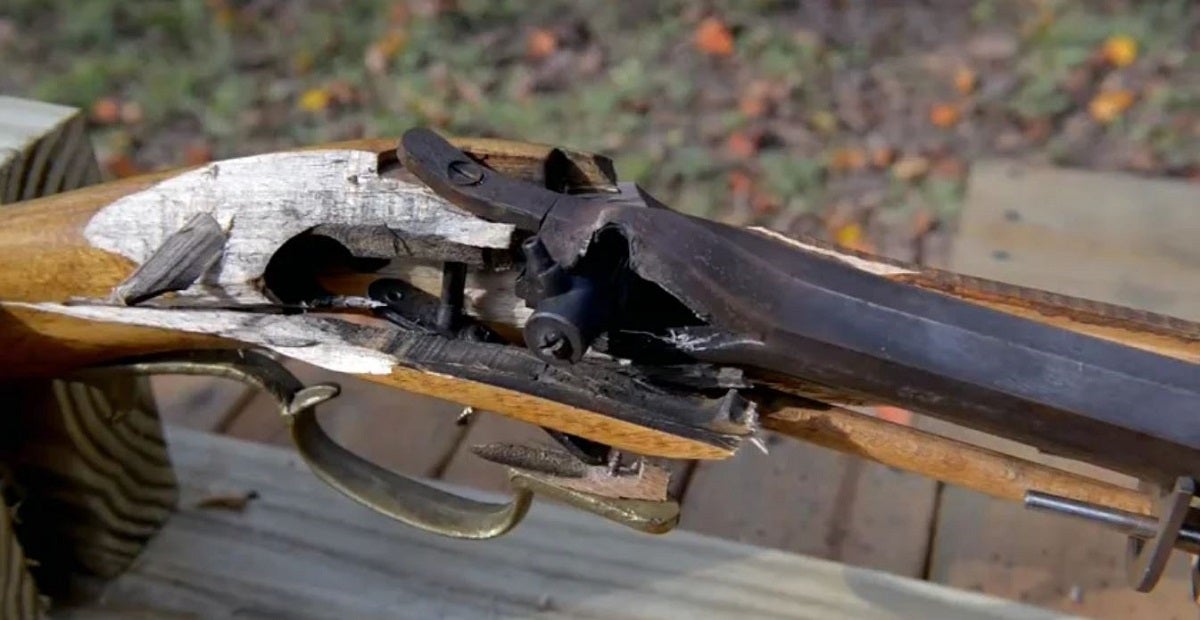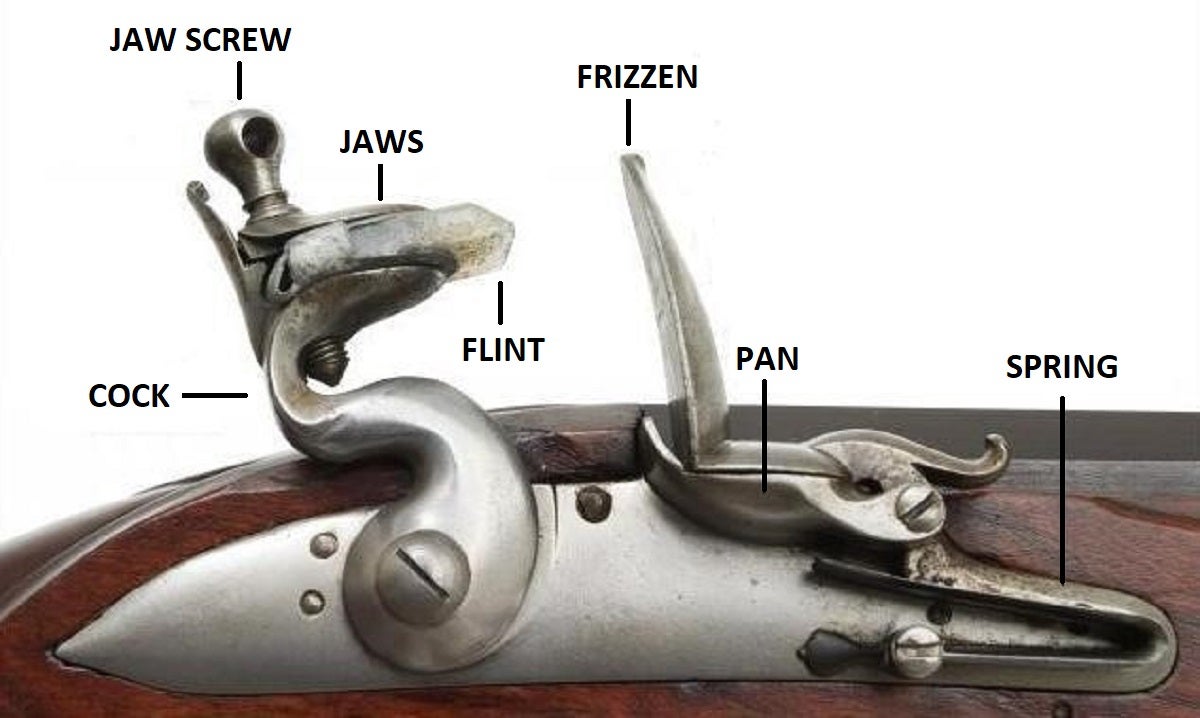The Blackpowder Guide, Part 1: History & Types of Guns
Travis Olander 01.02.24
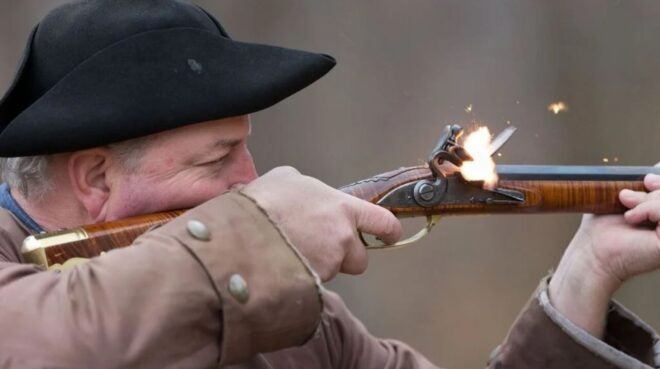
If the image above – a revolutionary wearing a tri-corn hat and cuffed coat – is what your mind evokes when you think of blackpowder guns, well, it’s accurate. Since their first use on battlefields centuries ago, blackpowder guns have changed very little. The present-day iterations of the first modern firearms rely on the same principles and mechanisms to function. But, with modern technology, refined powders, and improved projectiles, blackpowder guns can often provide performance similar to firearms chambered with brass, hammer- or striker-fired cartridges. Most blackpowder guns are not considered firearms, so they don’t suffer the same, bureaucratic restrictions and regulations that cartridge handguns, rifles, and shotguns do – and they’re cheaper for it. If you’re a hunter, investing in blackpowder can also grant access to longer hunting seasons, often with less competition. Let’s walk through the history and types of guns in this first installment of our blackpowder guide.
Blackpowder Content on AllOutdoor
- The Evolution of Blackpowder for Muzzleloaders over the Years
- Top 5 Modern Muzzleloaders for Blackpowder Hunters
- Federal FireStick Legalized for More Muzzleloader Seasons Across the US
- Ringing Steel at 1,780 Yards with a .40 Cal Muzzleloader?
Blackpowder Guide – What, exactly, is Blackpowder?
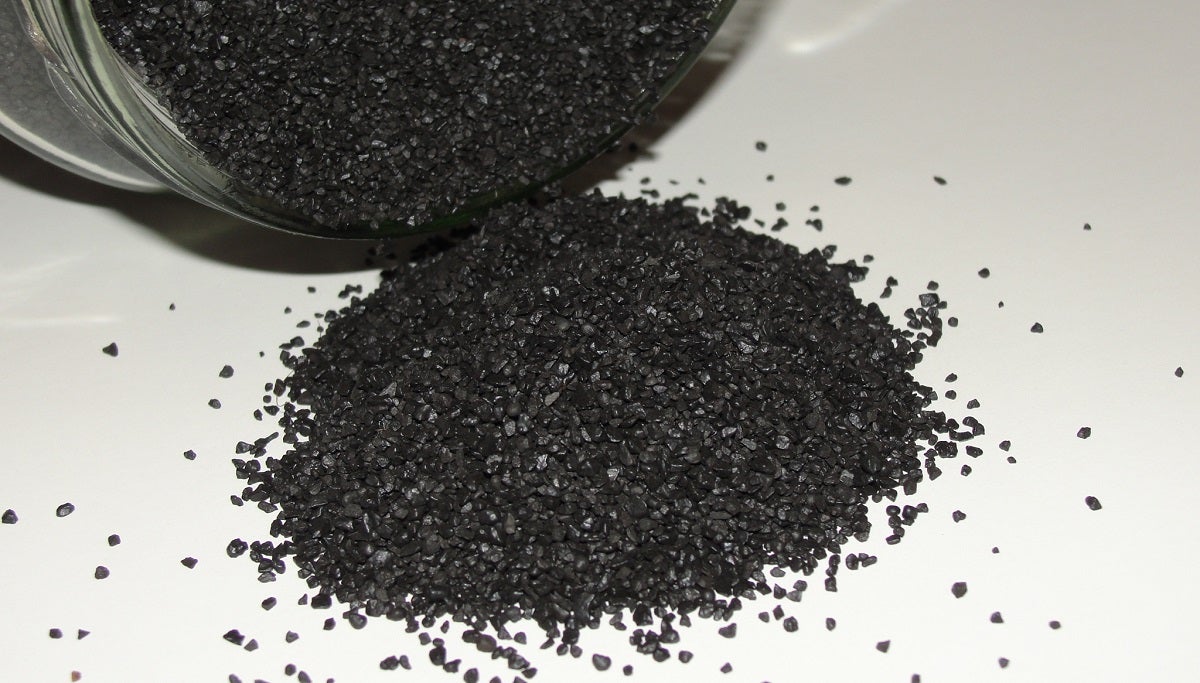
Blackpowder is the original form of gunpowder. It’s a combination of saltpeter, sulfur, and charcoal, first discovered in China, in the 9th century. Chemically, modern blackpowder is identical to the stuff made centuries ago. Its first use as a firearm propellant dates back at least 800 years, when armies developed the first smoothbore, handheld cannons.
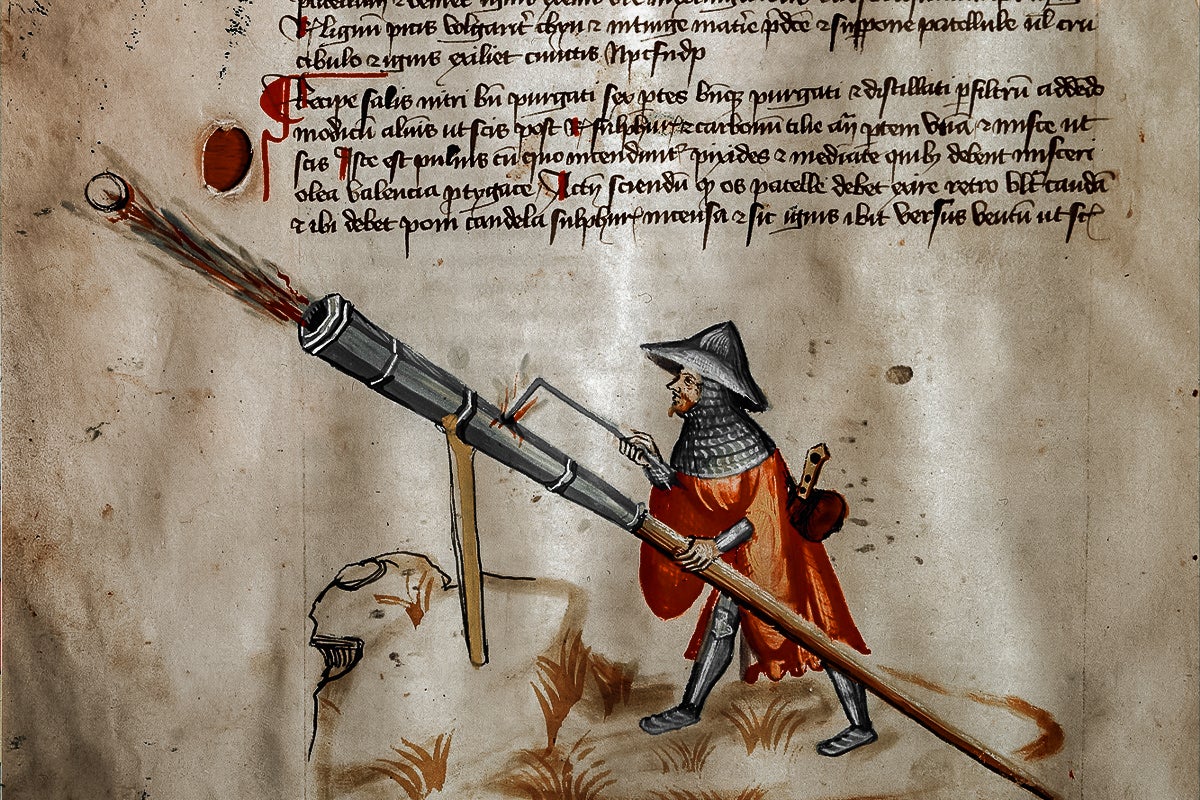
Importantly, blackpowder is different from gunpowder used in modern firearm cartridges. That powder’s called smokeless powder and, if you were to load it in a blackpowder gun, the results might look a bit like this:
That’s because blackpowder burns with significantly less energy, and the chambers, breeches, receivers, actions, and barrels that black powder guns are built upon simply can’t withstand the higher pressures of smokeless powder. You can watch the video of this particular muzzleloader exploding after being loaded with smokeless powder here.
Blackpowder Guide – How a Blackpowder Gun Functions
Blackpowder guns rely on the same principles as modern firearms: powder ignites, building pressure and sending the projectile down the barrel. But, breechloaders notwithstanding, how a blackpowder gun is loaded varies greatly from modern firearms that chamber brass or steel cartridges. Muzzleloaders use no cartridge or shell casing. Instead, the chamber at the rear of the barrel contains the powder. Inside, the powder is compressed beneath the projectile, which is rammed down the barrel from the muzzle using a ramrod. The source of ignition in most black powder guns is where things differ from modern firearms, too. Muzzleloaders make use of flintlock, percussion, or in-line primer, hammer-fired actions.
Blackpowder Guide – Types of Blackpowder Guns
But some blackpowder guns – like breechloaders – use brass cartridges filled with black powder instead of smokeless powder. Let’s take a look at the different types of guns.
Blackpowder Guide – Traditional Muzzleloader (Flintlock)
This .45-cal Investarm Hawken Carbine is a traditional flintlock rifle. Beneath the barrel is the ramrod, used to press the projectile down the barrel into the chamber, above the powder charge. The powder charge is also loaded via the barrel – it is first measured and simply dumped in. This rifle’s flintlock mechanism is one of the oldest forms of ignition.
The flintlock’s action relies on spark to ignite the powder inside the chamber. To create spark, the spring-loaded cock strikes a piece of flint against the frizzen, a metal plate above the pan. The pan also holds powder just outside a vent hole that leads to the firing chamber. Once the spark hits the powder in the pan, it sets off a chain reaction, igniting the powder inside the chamber.
Flintlock rifles are sought after for their heritage and erstwhile mechanisms. But, practically speaking, these are finicky guns. They require practice to operate correctly, and they can be unreliable and difficult to finely tune to achieve reliable ignition. They’re also susceptible to failure in wet weather.
Blackpowder Guide – Traditional Muzzleloader (Percussion)
The same Hawken Carbine – and many other traditional muzzleloaders – are available with a percussion action. The percussion muzzleloader is not dissimilar to the flintlock. It still requires manually loading powder and the projectile down the barrel using a ramrod, and it uses a cocked mechanism to strike an ignition source outside the chamber. But in this case, ignition is provided by a percussion cap that fires spark directly into the chamber via a nipple. Percussion rifles are significantly more reliable and convenient than flintlocks. There’s no need to delicately place powder in a pan by a vent hole, no frizzen, spring, nor flint to adjust to achieve good spark, and no concerns with wet weather.
Blackpowder Guide – Inline Muzzleloader (Percussion)
Inline muzzleloaders, like this Traditions Buckstalker XT, depart from the 17th- and 18th-century accoutrements of exposed firing mechanisms. Instead, they rely on a break- or bolt-action receiver that conceals an in-line chamber threaded with a breech plug. At the rear of this chamber plug rests a nipple that hosts a percussion cap, which is struck by an exposed hammer. The principle of function is no different than that of a traditional percussion muzzleloader: Spark is sent from the percussion cap into the chamber to ignite the powder charge. The powder is still loaded via the muzzle, and the projectile is still rammed down the barrel using a rod. But the in-line construction of the ignition system affords better accuracy by improving the speed and consistency of the powder burn inside the chamber. This produces more predictable points of impact, with higher muzzle velocity.
Blackpowder Guide – Blackpowder Cartridge
Firearms capable of chambering modern ammo were introduced in the mid-19th century. Although still reliant on blackpowder – smokeless powder wasn’t introduced until the end of the 1800s – these guns ditched the external ignition systems and muzzleloading function requiring ramrods, instead combining the powder, projectile, and primer into one self-contained brass cartridge. These guns used break actions, allowing the cartridge to be inserted directly into the chamber at the rear of the barrel. Once the action was closed and locked, the hammer could be cocked and made ready to strike the primer at the base of the cartridge.
Reproductions of these first breechloaders, like this Model 1874 Sharps Quigley, made by Pedersoli in Italy, perfectly replicate original blackpowder cartridge rifles and are made available today – though you’ll likely to have to learn to load your ammo. Most commercially available brass ammo made in these calibers uses smokeless powder. In Part 2 of our Guide to Blackpowder, we’re looking at types of ammo, powder, and methods for increasing the accuracy of blackpowder guns.
